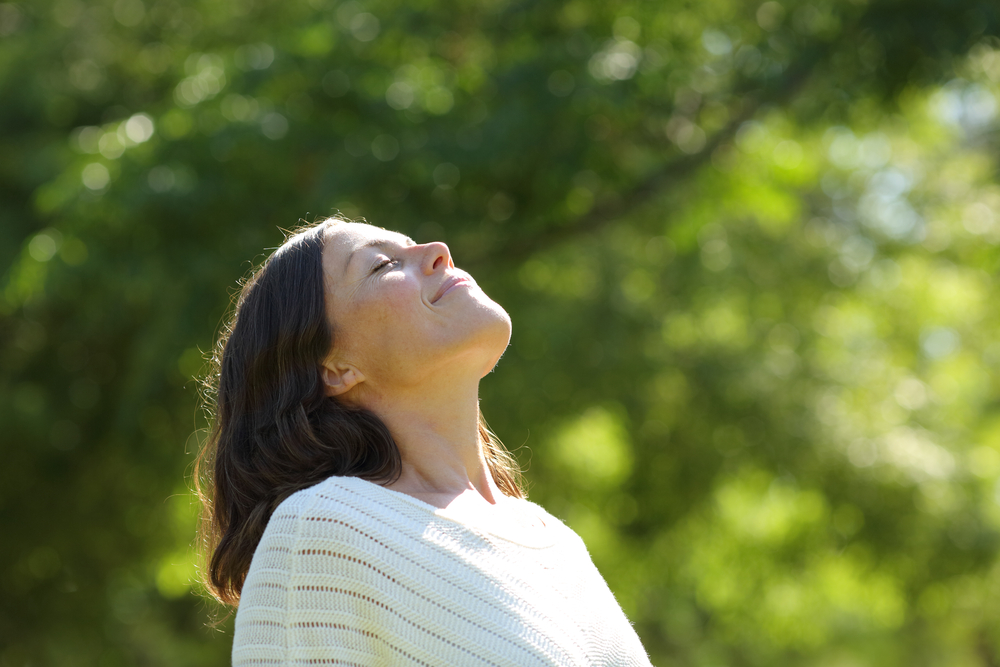
Managing the Mid-Summer Heat
July 7, 2021
Stroke: Recovery and Rehabilitation
September 29, 2021Top Three Stress Relief Techniques
Stress is the body’s reaction to the ever-changing environment and ever-challenging and demanding world. Stress can come in various forms, from minor daily hassles like getting stuck in traffic every day up to significant changes such as divorce, job loss, or losing a loved one.
In this modern digital era, the levels of stress experienced by people are highly increasing compared to before. According to The American Institute of Stress, about 77% of people report that the stress they are experiencing affects their physical health.
This blog will provide three stress relief techniques that work well in handling maintaining well-being during difficult situations.
What happens in the body during stress?
The stress triggers are difficult situations or tensions like deadlines, due dates, pressure at work or school, etc. A part of the neurologic system is called the Sympathetic Nervous System and provides the “Fight or Flight” response when stress happens. This response enables a person to either face the situation or to run away from it. When the Sympathetic Nervous System is triggered, the body releases chemicals that result in the following physical symptoms:
- Increased heart rate
- Elevated blood pressure
- Pale skin
- Dry mouth
- Dilated pupils
These effects are expected and just right for the body to focus and regain balance from stressful situations. However, when a person encounters too much stress for a long time, other unhealthy effects follow. They may put the person at risk for debilitating diseases or mental illnesses. Listed below are the long-term effects of stress.
- Elevated blood sugar
- Increased gastric acidity
- Reduced immunity
- Insomnia
- Anxiety and depression
- Other mood disturbances
- Cloud mindedness or inability to focus
- Psychiatric conditions
How to manage stress?
While you can’t control what is happening around you, you can control how you respond to them so as not to cause overwhelming effects on your life. Below are the most effective stress relief activities to help balance out the stress.
- Exercise
Exercising gives a ton of benefits to your body. It helps reduce cholesterol, manage blood sugar levels, maintain desirable weight, and a lot more. Aside from these positive effects, the bodily movements made with exercising cause a release of hormones called endorphins. These endorphins act in the body to lessen the feelings of pain and boost the feelings of pleasure. This is the reason why constant activity puts a person in a good mood.
Exercising also releases endocannabinoids that cause sedating effects and help a person sleep better. A well-rested body is more prepared to take on a day’s challenge. Additionally, a good night’s sleep helps combat fatigue, boosts immunity, helps a person focus, and promotes a sense of well-being.
There are various ways you can exercise to keep your body and mind in tune, such as;
- Jogging
- Swimming
- Dancing
- Aerobics
- Cycling
- Walking
- Cleaning the house
- Deep breathing
Deep breathing turns on the body’s way to rest and creates a state of deep relaxation. When you deep breathe slowly, it sends signals to the brain to calm down and focus. This also increases oxygen in the brain and releases tension in the muscles, which helps to relax further.
To properly promote relaxation while breathing, try these simple steps;
- Inhale slowly using your nose while touching your belly.
- Hold your breath for three seconds.
- Slowly release the air while feeling the belly move.
- As you exhale, think of positive thoughts or say “I’m calm” or “I feel better.”
- Do this five or more times until you feel calmer.
- Relaxation techniques
Relaxation techniques are a set of activities and methods to help reduce stress and anxiety.
- Meditation – This is a technique that helps a person focus at the moment with the help of guides, cues, and noises. This technique aims to increase the person’s ability to remain calm, train attention and awareness, and achieve mental stability.
- Aromatherapy – This is done with the help of aromatic materials such as scented candles or essential oils to calm the mind. Some studies suggest that the use of aromas alters brain wave activity and reduces the flow of stress hormones in the body.
- Yoga – This practice combines exercise and meditation. A person must meditate and do deep breathing exercises with every slow movement and stretch during yoga sessions to achieve a calmer and more positive outlook.
- Praying – Praying is another form of meditation directed towards faith and beliefs. For a person with strong religious beliefs, praying helps calm the mind and gives a sense of hope.
Final thoughts
There is no one way to reduce stress, especially in this modern world. It is advised to try multiple means and approaches to keep a well-tuned mind and body. The Maplewood Sauk Prairie Health and Rehabilitation Center helps manage stress and promote a sense of well-being. Contact us for more information.
References:
https://www.webmd.com/
https://my.clevelandclinic.org/
https://www.health.harvard.edu/
https://www.verywellmind.com/


